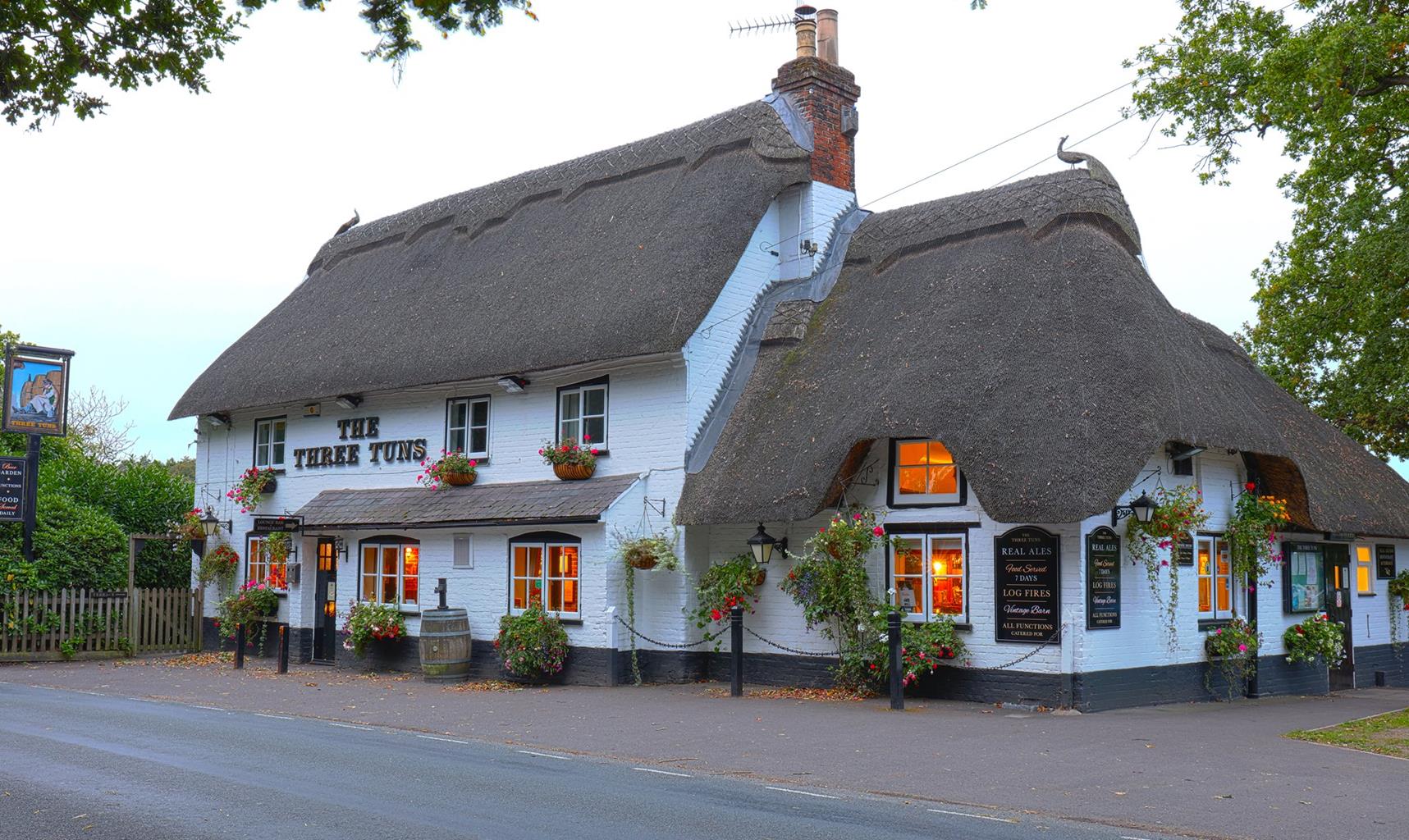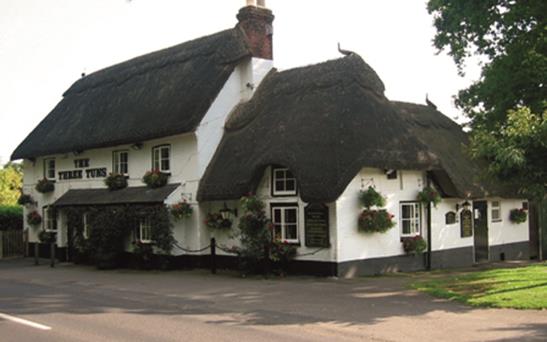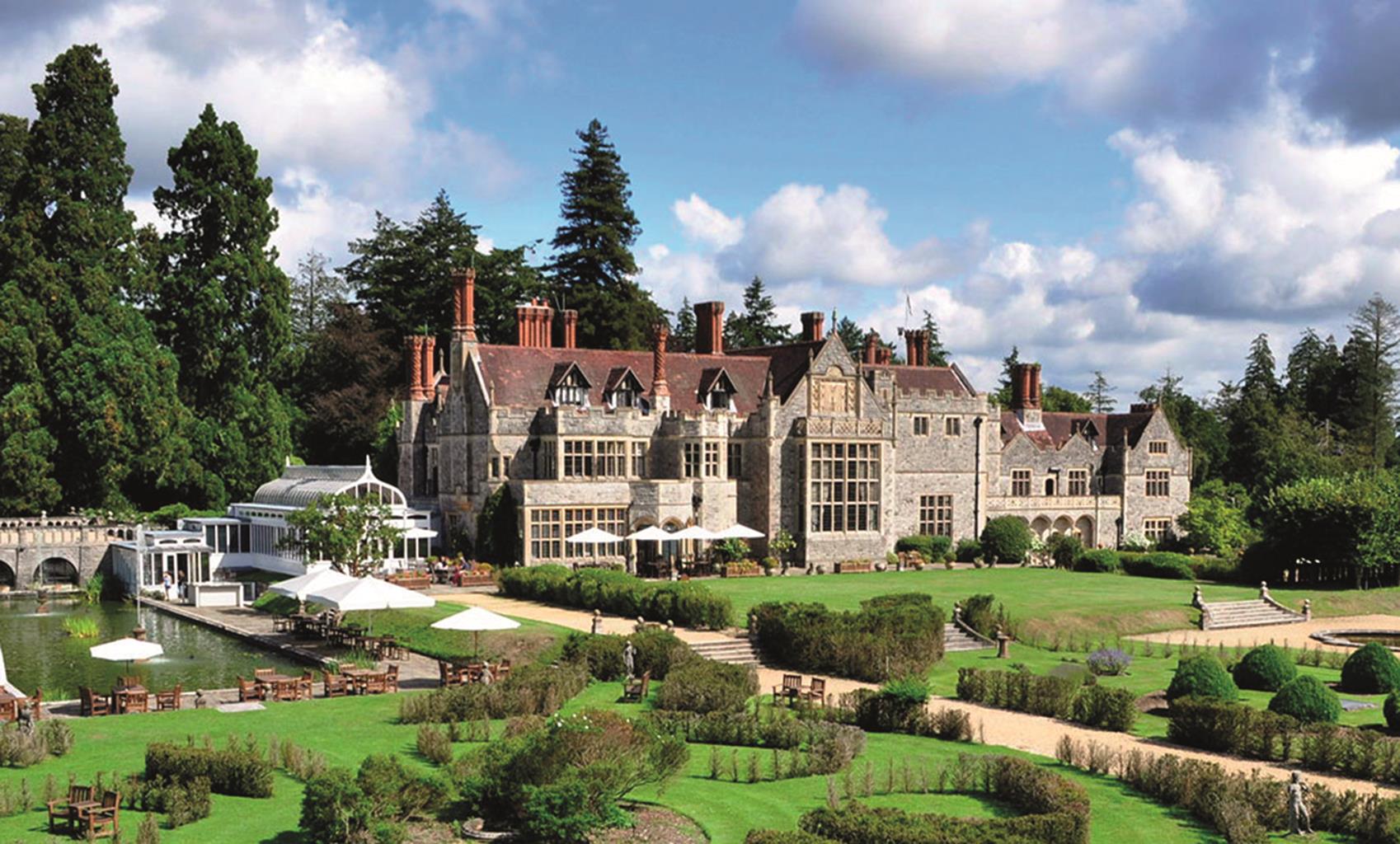A spacious park located within the Cranborne Chase Area of Outstanding Natural Beauty and has…
Pentridge Down and Bokerley Dyke

3.5 miles (5.7kms)
About the walk
At 607ft (185m) high, Penbury Knoll has made a good lookout over Cranborne Chase since settlers first left their mark on this quiet corner of northeast Dorset some 5,000 years ago. The maps show signs of Celtic field systems (associated with the period around 1000 bc) plotted around the lovely green combe of Pentridge Down, though little is revealed to the naked eye. The extraordinary Dorset Cursus (processional way) starts to the north of here, and the landscape is littered with lumpy burial mounds, or tumuli, and long barrows. Grim’s Ditch marked a Bronze Age farm boundary, but a more significant defensive earthwork remains from this period, constructed to protect the long-vanished hill-fort.
Bokerley Dyke (Bokerley Ditch on the OS map) consists of a high bank and deep ditch, which originally extended for some 3 miles (4.8km). A matter of weeks’ work for a JCB, the construction of the dyke must have taken thousands of hours of punishing hard labour. In the fourth century ad it was strengthened and parts of it were re-dug, as by then it formed an important defence against Saxon invaders on the Roman route along Ackling Dyke to the stronghold at Badbury Rings. In the 9th century it again formed a vital part of Dorset’s defences – this time from attacks by the Vikings, who were overrunning the Kingdom of Wessex. King Ethelred I was mortally wounded in a fierce battle on Martin Down, on the other side of the dyke, in ad 871. This event opened the way for his younger brother, Alfred, to claim the throne of Wessex and eventually make peace with the marauding Danes.
There has been a settlement below the hill at Pentridge since at least the Domesday survey in the 11th century, when St Rumbold’s Church received its first mention. The quiet hamlet of Pentridge is spared the modern invasion of traffic passing through. Tiled cob walls mix with flint and brick and thatch, and there’s a handsome 18th-century barn. Unusually, little Chestnut Cottage, by the turning to the church, has exposed timbers. Unlike busier villages, houses here are set back from the single main street, tucked behind hedges and gardens, or in a silent line up the hill. There’s no street lighting. In the dusk, little squares of golden light appear, unshaded by curtains, evoking memories of Thomas Hardy’s obsession in The Woodlanders (1887) with lamps and firelight and looking through people’s windows to see life played out.
Walk directions
From the lay-by walk past the turning up to the church and cross the stile on the left by the footpath sign. Head up the field to a stile, and cross it to enter a narrow footpath. This leads between hedges up towards the 607ft (185m) Pentridge Hill. Cross another stile into a field and keep straight ahead. As you pause to catch your breath, you can start to admire the view opening around you, with the green curve of Pentridge Down on the left. Keep straight on to the top of the hill (Penbury Knoll), following a tractor track and then peeling off to the right on a vague path to aim for a stile in front of some trees. Head for the left side of this little spinney.
Pass the trig point and continue forward a few paces to a track. Turn left onto the Jubilee Trail footpath, which runs along the ridge of the down beside an ancient hedge line. (There are fabulous views on either side – Pentridge is largely hidden in the trees.) Keep right at two forks to continue along the fence line. After 0.5 miles (800m) the path starts to descend.
Go through a gate into a copse, following the Jubilee Trail marker. Soon bear diagonally left across a field to a fingerpost on the opposite side beside the trees and turn right down the side of the field. There are good views of Bokerley Dyke curving away to your left. Look for a gap in the thick hedge to your left and descend through woodland, bearing immediately right to a gate. Go through and turn right, on to a bridleway. Pass a metal gate and immediately hook back left on a chalky track. As you start to descend, curious mounds appear to the right – these are tumuli.
Cross Grim’s Ditch and Bokerley Dyke onto Martin Down National Nature Reserve. Look for the information board on your left. Immediately turn left onto the grassy path, with the ditch on your left (the main track continues down to the Martin Down NNR car park). Follow this downhill for 0.5 miles (800m).
At a cross track junction at the bottom of the dip, turn left along the Jubilee Trail, passing a fingerpost which announces that it’s only 90 miles (144km) to Forde Abbey (the bridleway to the right heads to Martin Down NNR car park). A nettley path runs up the side of mixed woodland before joining a track. At the end of the woods go straight ahead, through a gate. Follow the field boundary on your right up to a stile at the top.
Just before the stile, turn right down the bridleway for 55yds (50m) and go through two gates onto an enclosed track. Pentridge Down emerges to the left, with the village hidden by trees. Pass through another gate onto a farm track between high hedges at Whitey Top Farm. Continue down to the bottom and follow it round to the left. Walk back into the village along the main street to return to your car.
Additional information
Steep, muddy farmland, grassy sward, farm roads
Chalk downs, open grassland, fields and copse
No problems but control needed past farms and dogs must be on leads through nature reserve
OS Explorer 118 Shaftesbury & Cranborne Chase
Lay-by in Pentridge or start from car park at Martin Down NNR
None on route
WALKING IN SAFETY
Read our tips to look after yourself and the environment when following this walk.
Find out more
Also in the area
About the area
Discover Dorset
Dorset means rugged varied coastlines and high chalk downlands. Squeezed in among the cliffs and set amid some of Britain’s most beautiful scenery is a chain of picturesque villages and seaside towns. Along the coast you’ll find the Lulworth Ranges, which run from Kimmeridge Bay in the east to Lulworth Cove in the west. Together with a stretch of East Devon, this is Britain’s Jurassic Coast, a UNESCO World Heritage Site and Area of Outstanding Natural Beauty, noted for its layers of shale and numerous fossils embedded in the rock. Among the best-known natural landmarks on this stretch of the Dorset coast is Durdle Door, a rocky arch that has been shaped and sculpted to perfection by the elements. The whole area has the unmistakable stamp of prehistory.
Away from Dorset’s magical coastline lies a landscape with a very different character and atmosphere, but one that is no less appealing. Here, winding, hedge-lined country lanes lead beneath lush, green hilltops to snug, sleepy villages hidden from view and the wider world. The people of Dorset are justifiably proud of the achievements of Thomas Hardy, its most famous son, and much of the county is immortalised in his writing.
Nearby stays
Restaurants and Pubs
Nearby experiences
Recommended things to do
Why choose Rated Trips?
Your trusted guide to rated places across the UK
The best coverage
Discover more than 15,000 professionally rated places to stay, eat and visit from across the UK and Ireland.
Quality assured
Choose a place to stay safe in the knowledge that it has been expertly assessed by trained assessors.
Plan your next trip
Search by location or the type of place you're visiting to find your next ideal holiday experience.
Travel inspiration
Read our articles, city guides and recommended things to do for inspiration. We're here to help you explore the UK.














